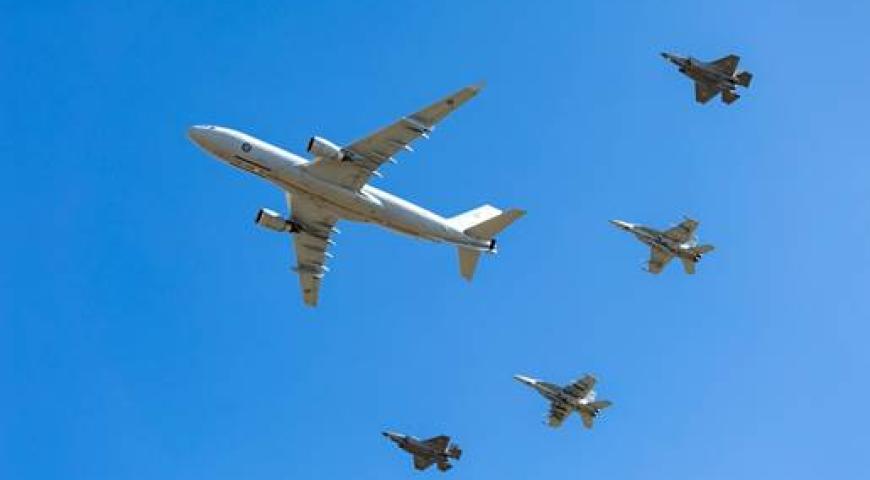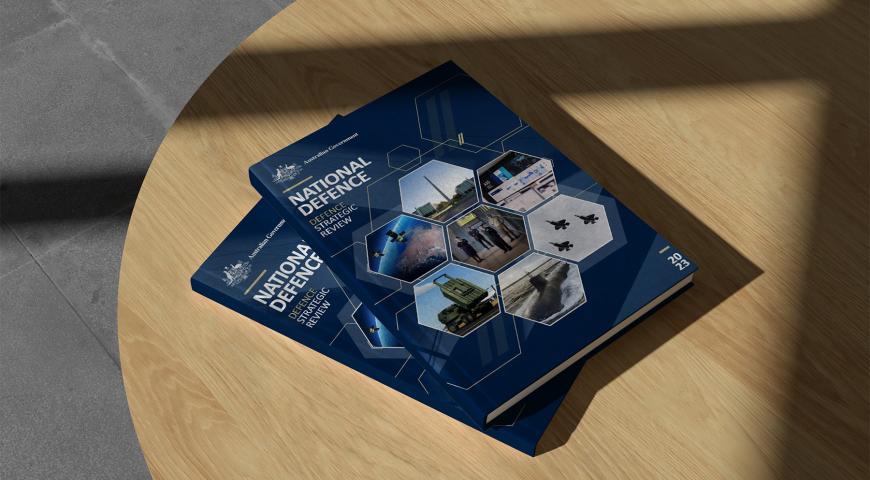For my next piece on The Edge, I wanted to focus on developing the intellectual edge in our people, and particularly, how we might better describe the value proposition of professional military education within a broader modernisation context.
This renewed value for professional military education must start with how we think about our future military. A futures-oriented approach to military modernisation is a methodology shared by many Western defence organisations. Institutions such as the United Kingdom’s Defence Concept Development Centre, the United States military Services and many other Government and academic organisations monitor changes in the strategic environment. They routinely produce assessments and reports that provide analysis of trends and future scenarios to assist Governments and military institutions to modernise current capabilities, and build new capabilities.
In reviewing a multitude of these documents, there are many common themes. However, those that are most relevant to developing future military leaders might best be characterised as evolving geopolitics, technological disruption, the changing nature of work, and demographic shifts. A final trend is that most military organisations have embraced an improved integration of national security endeavours. These trends impact the way military institutions must prepare their people and deliver learning outcomes to individuals and teams.
At the same time, over the next two decades, many Western military organisations are likely to be relatively smaller than their adversaries, with a declining technological advantage. Compounding this challenge, they will operate in a new ultra-technical, informationised and disaggregated, physical-cyber environment, where the distinctions between ‘war’ and peace’ are increasingly blurred. With the decline of the technological edge, and likely lack of an advantage in size, military organisations must evolve another. To out-compete and potentially out-fight adversaries, military organisations must be able to out-think them. This necessitates development of an intellectual edge.
This intellectual edge has both individual and institutional dimensions. It can only be achieved if military institutions increase their investment in professional education, continuous learning in a rapidly changing world, and more sophisticated, widely-distributed learning approaches. It must be constructed around the development of ultra-professional intellectual military culture – from deployed forces, to education and training institutions, through to strategic planning approaches. This new intellectual edge might eventually be magnified through the use of artificial intelligence and human cognitive augmentation.
People in this system must be able to contextualise, plan, decide, act and adapt faster and more successfully relative to adversaries. The best within this evolved culture - our elite military thinkers - must be celebrated and nurtured in a manner similar to how we currently celebrate and value elite sportspeople. Institutional incentives to encourage elite thinking must be reinforced, and potentially, new career and promotion pathways developed.
To achieve this evolved culture, a new ‘value-proposition’ is required for the intellectual edge in military institutions. Military institutions must assess and articulate the benefit of the intellectual edge to future warfighting, proving that such an investment will lead to a more effective fighting force. Intellectual mastery of the Profession of Arms and the development of this intellectual edge must be openly viewed by all Service personnel as a critical warfighting edge. This intellectual edge can only be achieved in military institutions through an increased investment in professional education and more sophisticated, widely-distributed learning approaches. And while military educational institutions must advocate for intellectual mastery, this is insufficient.
Additionally, those of us in senior leadership positions in military organisations and the broader national security community must advocate for continuous intellectual development. This needs to be founded on an organisational vision that provides a shared sense of purpose for developing an enhanced intellectual edge within the military. Senior leaders should not tolerate intellectual apathy. A clear, consistent and relevant vision for the intellectual edge will assist in coordinating the efforts required to stimulate its development in future military leaders. It should answer the question what are we about?
This might be answered with a succinct and easily understood response: building intellectual, imaginative and competitive people who represent the values of their society and, in concert with technology possess an intellectual advantage over potential adversaries across the spectrum of conflict.
Obviously, it is easier to write about endeavours such as these than to execute them. But, in describing the future requirement for our joint leaders, we at least have an institutional and strategic target to aim for. In a changing environment, contemporary military institutions must adapt their conceptions of what our future joint leader looks like. We must nurture and incentivise a new and more strategic view of the intellectual component of our profession. And we must embrace our most thoughtful, broad, creative and strategic thinkers as a new military elite.
I would love to know what you think. Feel free to comment on my Twitter feed @WarInTheFuture.
Have a great day!
Defence Mastery
Technical Mastery
Social Mastery
Please let us know if you have discovered an issue with the content on this page.
Comments
Start the conversation by sharing your thoughts! Please login to comment. If you don't yet have an account registration is quick and easy.




